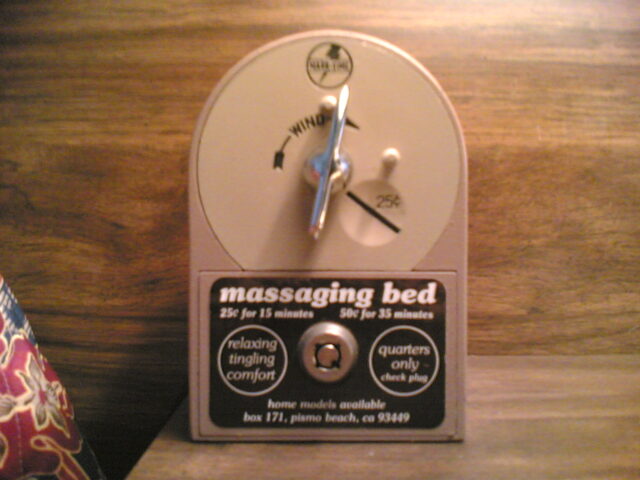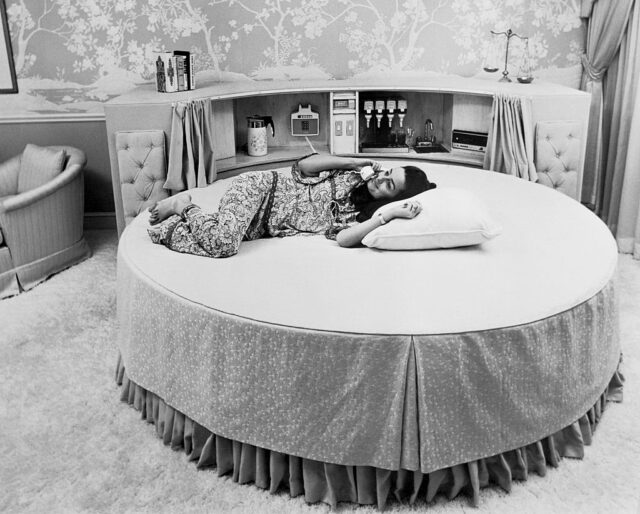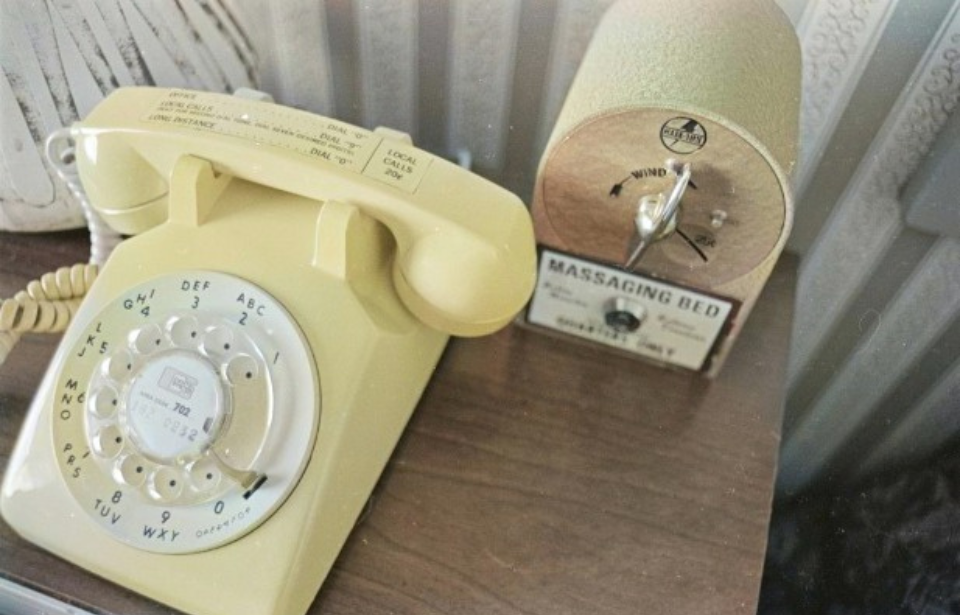Remember the era when most motels boasted vibrating beds that promised a relaxing night’s sleep and a touch of luxury in an otherwise drab room? These once-popular fixtures of the hospitality industry mysteriously vanished, leaving many curious about their abrupt disappearance from the mainstream. Let’s delve into the intriguing history of vibrating beds – why they were ever created, how they became so popular, and why they disappeared.
The moving mattress mogul
Shockingly, perhaps, the first vibrating beds weren’t the same ones found in motel rooms across America. They can be dated back as early as the Industrial Revolution when the servants of the wealthy powered them, although how these ‘models’ worked leaves much to the imagination. A later iteration was powered by steam, but it wasn’t until the implementation of electricity that the idea really took off. Then, a number of companies emerged with their own design.

John Houghtaling was an employee at one of those companies when he came up with his own idea for how to improve the existing design in the 1950s. Instead of having the bed and motor as part of one design, he decided to make the motor independent of the bed. This solved the problem it had with constantly breaking down. It took him testing an astounding 300 motors before he found the right one to use for his patented design, the Magic Fingers Vibrating Bed.
Entering the mainstream
This was the perfect design for a hotel, as the device could be attached to whatever bed the motel already owned. There was an attached coin meter which guests would insert 25 cents into for 15 minutes of the bed vibrating. It didn’t take long before the industry took notice, and Magic Fingers franchisees began selling them to hotels and motels around America. Revenue was split 50/50 between the owners and Magic Fingers.
They were at their most popular in the 1960s, with their best year grossing $2 million in revenue. By the late 1970s, there were over a million of these devices installed in hotels and motels in the United States and Europe. The vibrating bed simply became a quintessential part of the industry for a time and was mentioned in numerous songs, movies, and TV shows. Frank Zappa even wrote the song “Magic Fingers,” about the namesake device, for the movie 200 Motels.
Moving past their time
So as an iconic part of ’60s and ’70s pop culture, whatever happened to the vibrating mattress? Like so many other things, people eventually moved on. This was partially due to the changing nature of motels, which became somewhat seedy. There was also a massive problem with guests breaking into the coin boxes and stealing what was inside. Magic Fingers remained a fun and temporary novelty while the motel industry forged forward with different amenities.

Compared to the many different options for in-room entertainment, the device just didn’t seem exciting anymore. Houghtaling retired from his business in the 1980s, selling the rights to someone else. They continued to sell an at-home version of the Magic Fingers Vibrating Bed.
More from us: Five Classic Celebrities the FBI Secretly Monitored
Although this piece of Americana is long gone, those who search the internet with enough zeal can still find them for sale. You, too, could turn your bedroom into a replica 1960s motel room.
